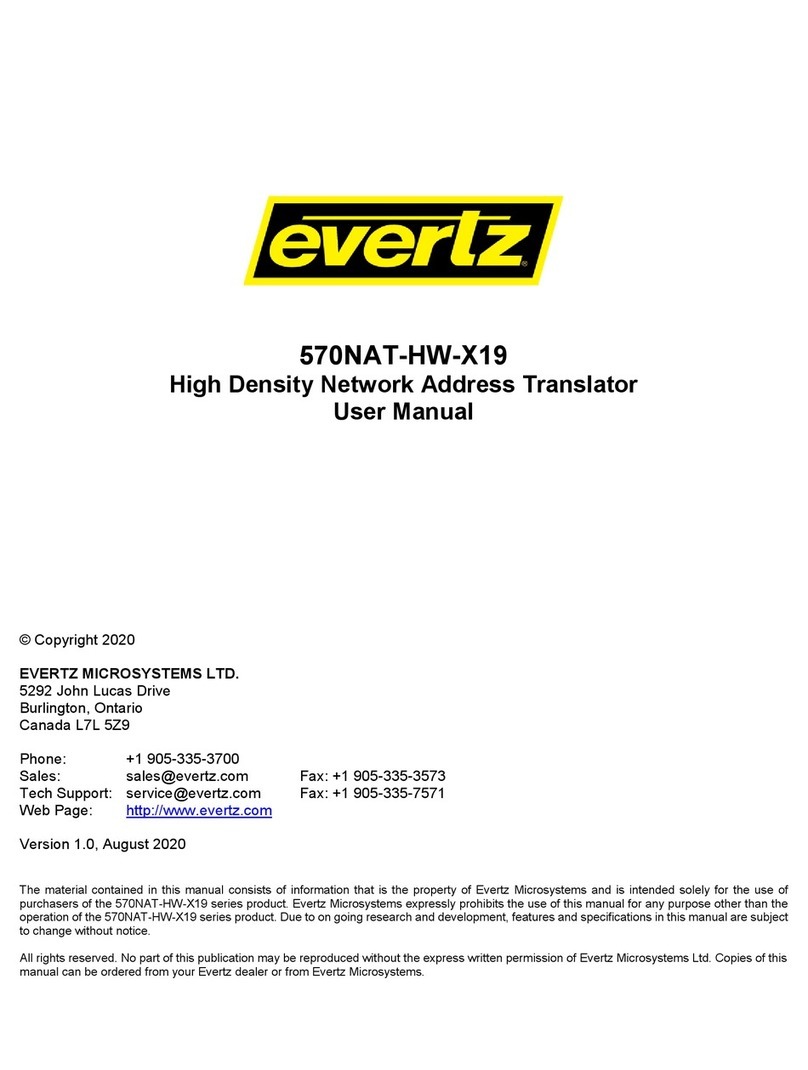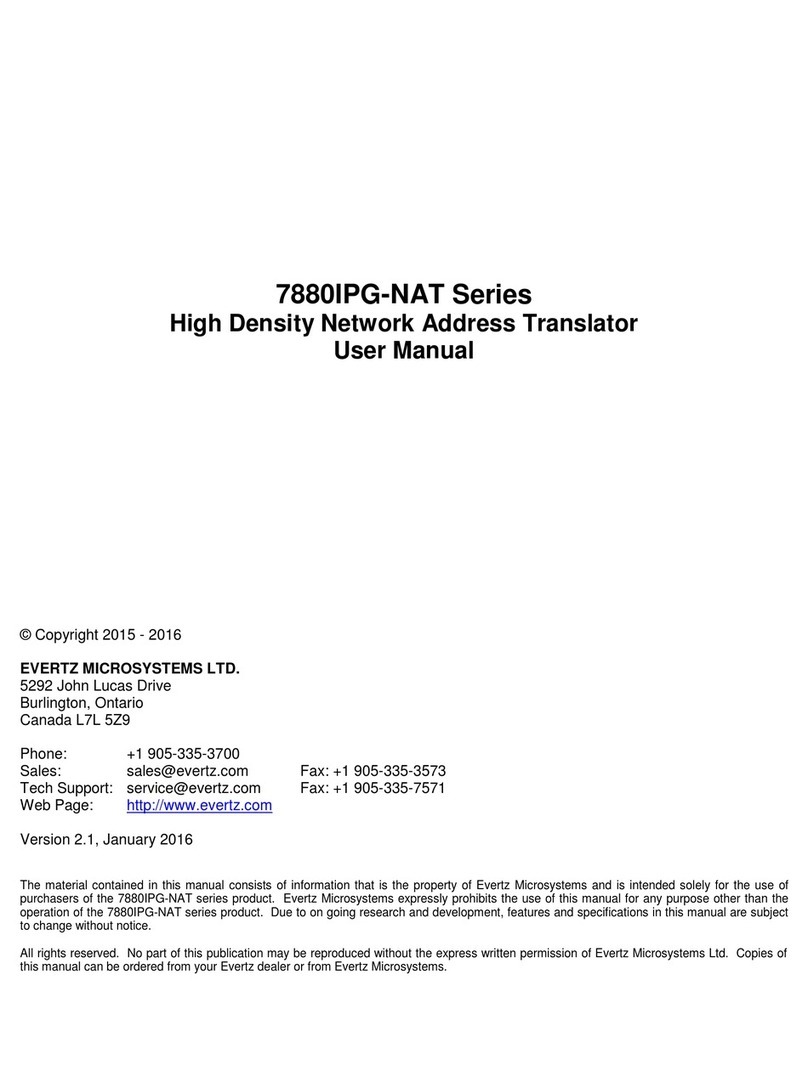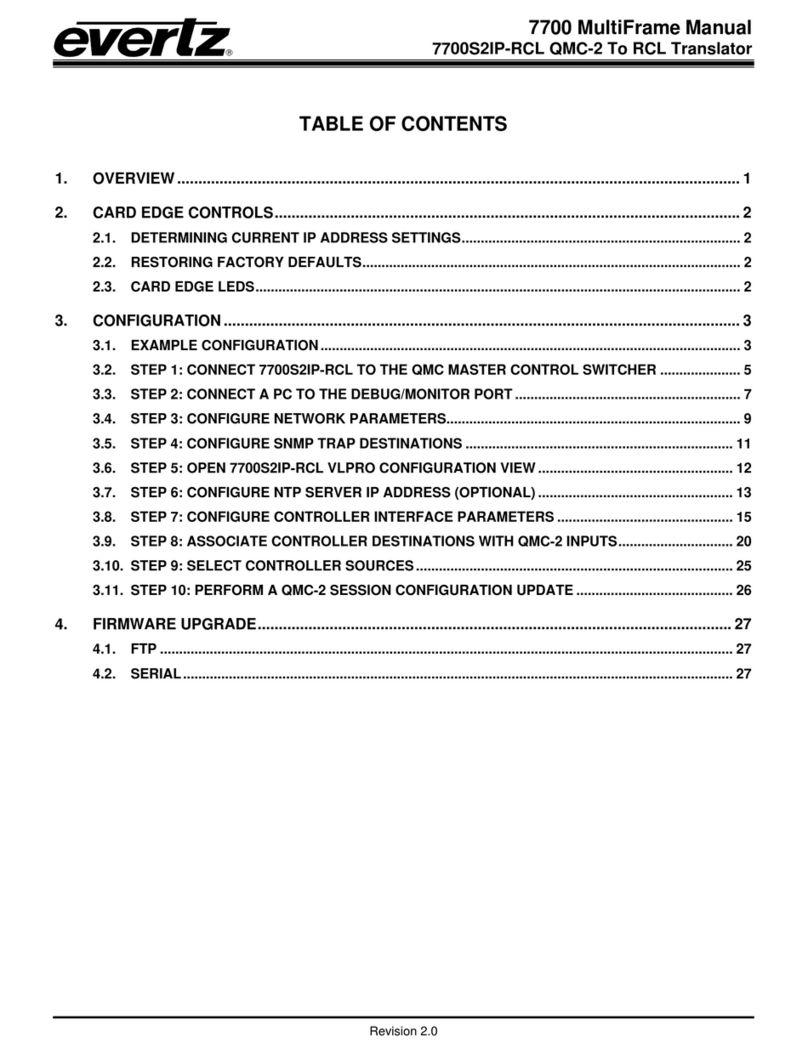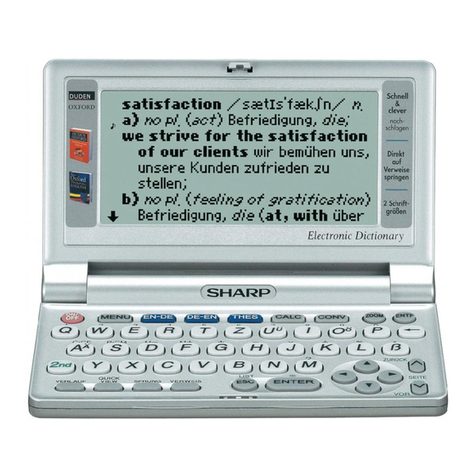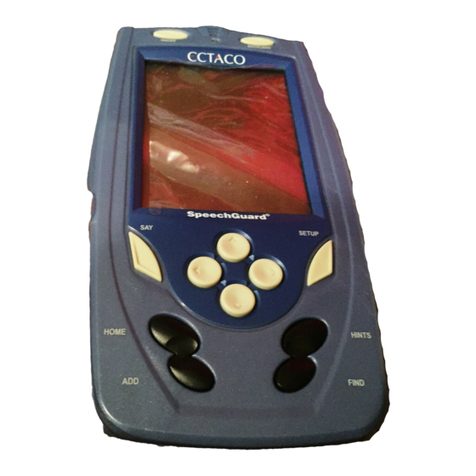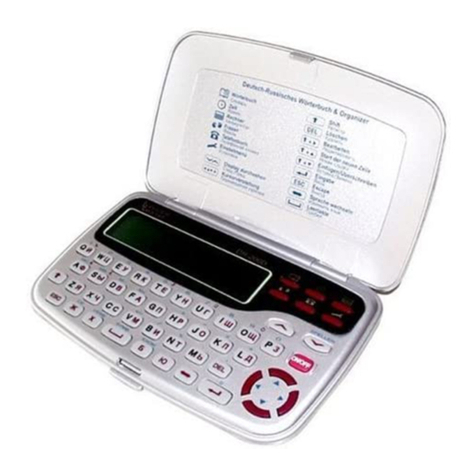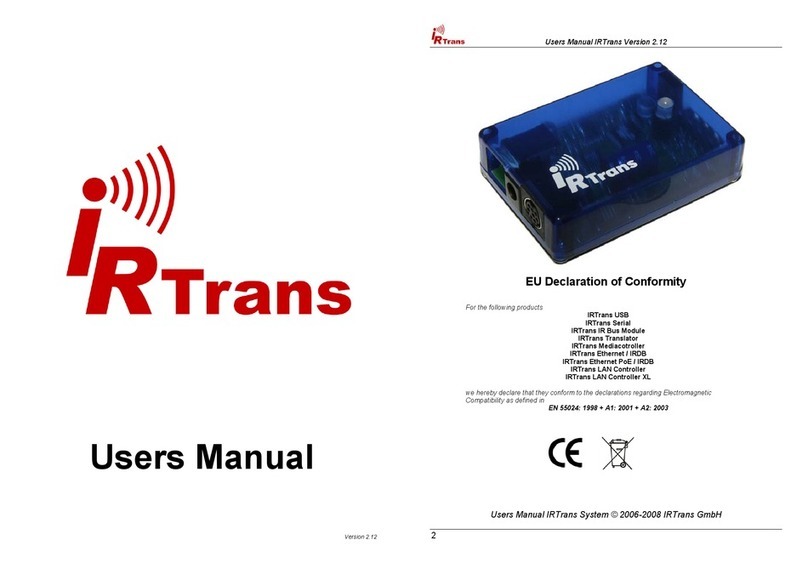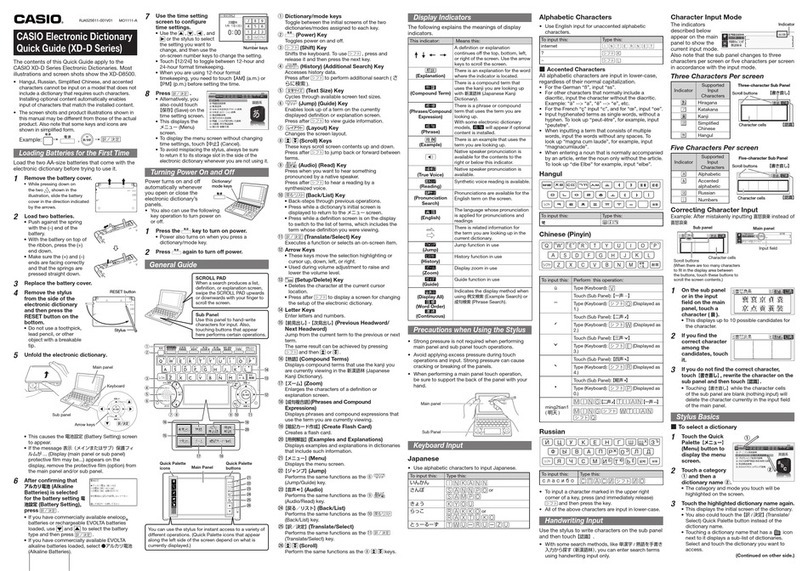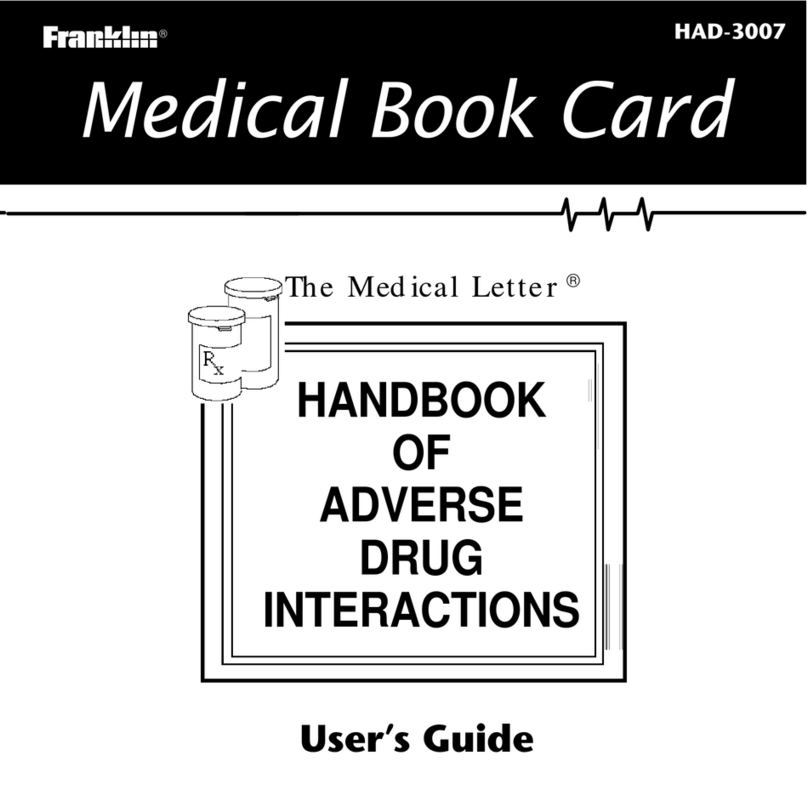
7700 MultiFrame Manual
7700PTX-MVP Unidirectional UMD Protocol Translator
Revision 1.9
TABLE OF CONTENTS
1. OVERVIEW..................................................................................................................................... 1
1.1. PORTS................................................................................................................................... 1
1.2. UMD PROTOCOLS................................................................................................................ 2
1.2.1. Incoming .....................................................................................................................2
1.2.2. Outgoing .....................................................................................................................2
1.2.3. Protocol Stream Combiner.......................................................................................... 2
1.2.4. Protocol Stream Replicator.........................................................................................2
1.2.5. Protocol Routing .........................................................................................................2
2. CARD EDGE CONTROLS..............................................................................................................3
2.1. DETERMINING CURRENT IP ADDRESS SETTINGS.......................................................... 3
2.2. RESTORING FACTORY DEFAULTS.................................................................................... 3
2.3. CARD EDGE LEDS ............................................................................................................... 3
3. TECHNICAL SPECIFICATIONS..................................................................................................... 4
3.1. GENERAL PURPOSE INTERFACE INPUT.......................................................................... 4
3.2. DATA INPUT SERIAL PORT.................................................................................................4
3.3. ELECTRICAL......................................................................................................................... 4
3.4. PHYSICAL ............................................................................................................................. 4
4. CONFIGURATION.......................................................................................................................... 5
4.1. CONFIGURATION STEPS .................................................................................................... 5
4.2. DEBUG/MONITOR PORT CONNECTION............................................................................. 5
4.3. MAIN MENU........................................................................................................................... 7
4.4. NETWORK CONFIGURATION.............................................................................................. 7
4.5. SERIAL PORT SETUP ..........................................................................................................8
4.5.1. Parameters .................................................................................................................8
4.5.2. Back Plate................................................................................................................... 9
4.5.3. RS-232 Wiring........................................................................................................... 10
4.5.4. RS-422 Wiring........................................................................................................... 11
4.6. CONNECTING TO UP/DOWN TIMER................................................................................. 12
4.6.1. Accessing Serial Communications............................................................................ 12
4.6.2. Changing the Output Options ...................................................................................12
4.6.3. RS-232 Wiring........................................................................................................... 12
4.6.4. RS-422 Wiring........................................................................................................... 12
4.7. CONNECTING TO IMAGE VIDEO CONSOLE.................................................................... 13
4.7.1. Default Settings.........................................................................................................13
4.8. PROTOCOL TRANSLATION CONFIGURATION............................................................... 13
4.8.1. Incoming Ports.......................................................................................................... 13
